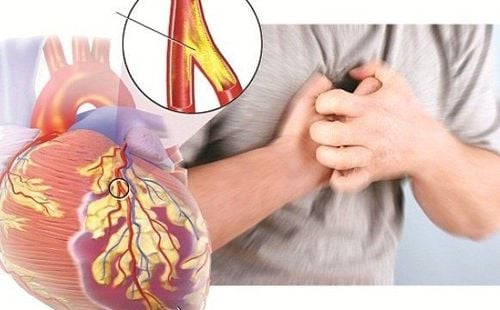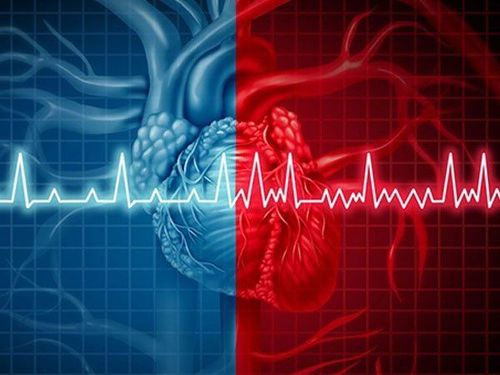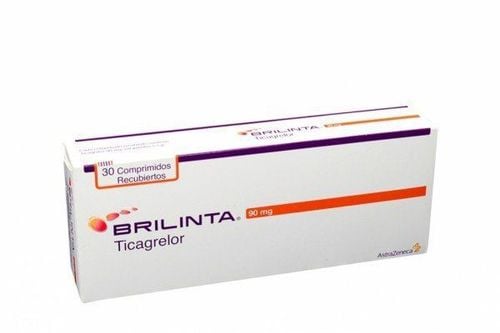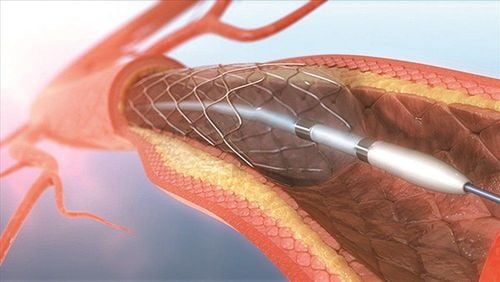This is an automatically translated article.
The article is professionally consulted by Master, Doctor Do Xuan Chien - Head of Department of Medical Examination & Internal Medicine and Professional Advisor, Department of Medical Examination and Internal Medicine - Vinmec Ha Long International Hospital.Arteritis progresses slowly, difficult to diagnose, easy to confuse with other diseases, so if not treated promptly, it will lead to serious consequences such as systemic infection, necrotic limb amputation, even death.
1. Learn about arteriosclerosis
Arteritis is an inflammatory condition that constricts the arteries or atherosclerotic disease causing ischemia, causing nutritional disorders and necrosis of the body's tissues. , pain is intermittent, pain increases when walking, relieved when resting, then the pulse weakens and then loses pulse completely. The time between episodes is getting shorter and shorter and the disease is getting longer and longer, making the patient painful, the whole state collapses, the limb necrosis... finally, amputation surgery is indicated. In addition, the patient may die from extensive limb necrosis causing toxic septic shock.
Common location of thrombosis is in the lower extremities, the upper extremities can also be encountered and other areas of the body such as coronary artery occlusion, cerebral vascular occlusion,...
Arteritis is common in men and smokers. lots of smoking, obesity,...

2. Causes of Arteritis
Causes of occlusive arteritis:
Small vessel complications of diabetes cause damage to blood vessels and nerves, leading to vascular occlusion, often causing necrosis, pressure ulcers. Atherosclerosis in elderly people thickens the endothelium of the blood vessels, causing narrowing of the blood vessels. During exercise, the demand for blood flow is not enough, causing arteriosclerosis. Smoking: Toxins from smoke will cause inflammation and stimulate blood vessel constriction in the extremities. At first, it was only a headache, but gradually the tips of the fingers turned purple and led to ulcer necrosis that did not heal.
3. Clinical and subclinical symptoms of arterial occlusive disease
3.1 Clinical symptoms Symptoms of occlusive arteritis include:
Paresthesias: The area of blocked arteries has cold and paresthesias such as: Numbness, crawling, fatigue and reduced movement of the extremities. Signs of claudication: The sign of claudication manifests when the patient walks a distance, then there is severe pain and muscle contraction in the calf, need to stop to rest for relief then can continue. . The above phenomenon repeats when going 1 segment. The pain continued and gradually increased, the distance traveled between breaks became shorter and shorter while the time required to rest to relieve pain became longer and longer.
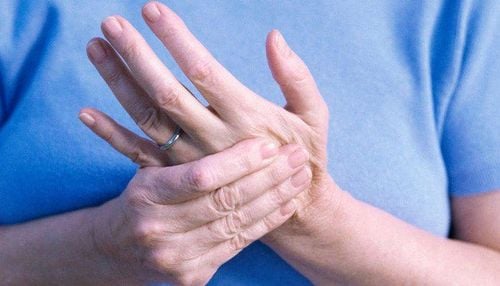
Change the color of the affected limb skin according to the posture. Normally, the skin is pale, when the patient hangs his legs down (for more blood to the extremities), the skin is less pale and ruddy. Weak or absent pulse: Posterior tibial and dorsal pulses are weak or absent. Other symptoms: Sweating disorders, skin and extremities are often dry, atrophy, hair thinning, loss, muscle atrophy, bland, necrotic ulcers of extremities. 3.2 Paraclinical symptoms Arterial ultrasound and arterial Doppler: Arterial ultrasound: Determine the thickening of the artery wall, thickening of the artery endothelium, determine the status of blood clots.. determine the changes of blood flow in the blocked artery such as: Decreased blood flow rate, decreased blood flow, clots... Computed tomography or magnetic resonance arteriography: Determine The morphological changes of the blocked artery, the location of the occlusion, the morphological changes of the surrounding tissues and organs. Contrast angiography: Helps determine the state and degree of spasm of the inflamed arteries, the clots in the arteries, evaluate the circulation of blood flow in the arteries...
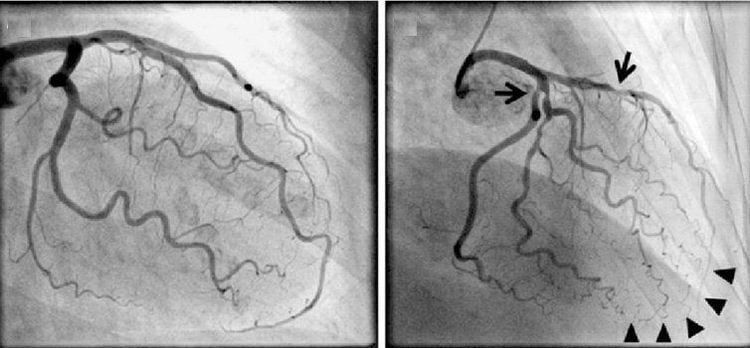
4. Treatment of arterial occlusive disease
4.1 Medical treatment Removal of provoking factors that cause vasospasm such as cold, humid environment, no smoking, avoiding psychological and physiological stress, a diet full of substances and vitamins ... Use of antispasmodic drugs Use of physiotherapy for vasodilation such as shortwave radiation, ion therapy, massage... 4.2 Surgical treatment Methods affecting the sympathetic nervous system:
Surgical resection of the periarterial sympathetic nerve network. This reticular ablation reduces blood vessel spasm. Surgery to restore circulation in the affected limb area:
Endarterectomy, then remove the arterial clot: Vasectomy: Use a piece of blood vessel to graft to replace the damaged artery. cut. To open the blood vessels by endovascular intervention by the following methods: Expand the narrowed section of artery due to inflammation by occlusion by inserting the balloon into the artery lumen to the narrow artery, inflate the balloon to stretch to widen the lumen. Stent placement in a narrow artery: A stent is a rigid frame that is placed on a balloon angioplasty. This method helps prevent the artery from collapsing after angioplasty.
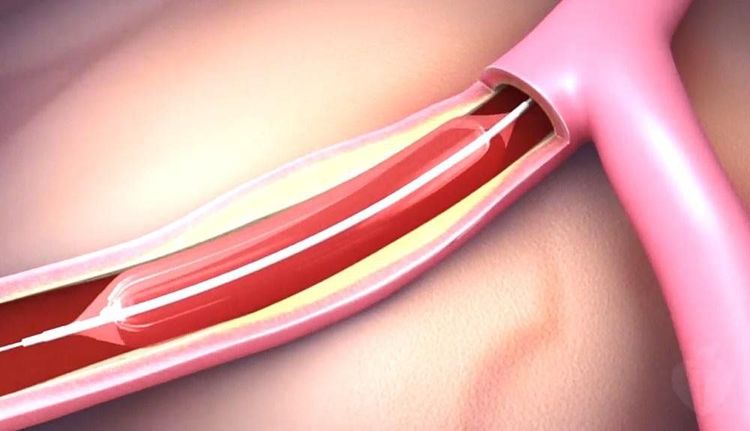
Surgical amputation with occlusive arteritis :
This is the last resort. Indicated when advanced limb necrosis cannot be treated conservatively, helping to save the patient's life.
To protect cardiovascular health in general and detect early signs of myocardial infarction and stroke, customers can sign up for Cardiovascular Screening Package - Basic Cardiovascular Examination of Vinmec International General Hospital . The examination package helps to detect cardiovascular problems at the earliest through tests and modern imaging methods. The package is for all ages, genders and is especially essential for people with risk factors for cardiovascular disease.
Master. Doctor Do Xuan Chien is former Deputy Head of Cardiology Department of Phu Tho Provincial General Hospital with more than 11 years of experience working in Cardiology and Metabolic Pathology. Currently, he is the Head of the Department of Medical Examination and Internal Medicine, Vinmec Ha Long International General Hospital.
Associate Professor. Dr. Hoang Dang Mich has over 42 years of medical practice, has strengths in the specialized fields of Liver - Kidney - Immune pathology... Currently, he is a Specialist Consultant in General Internal Medicine Department of Examination. Medicine & Internal Medicine, Vinmec Ha Long International General Hospital.
Please dial HOTLINE for more information or register for an appointment HERE. Download MyVinmec app to make appointments faster and to manage your bookings easily.





